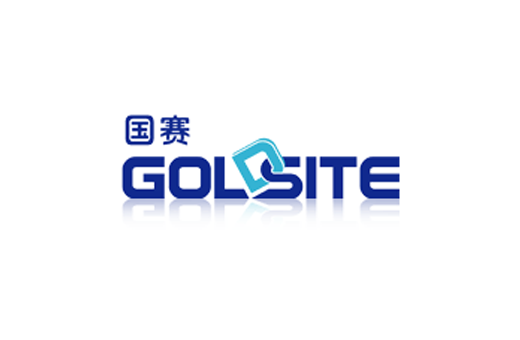C1 inactivator
C1-inactivator (also named as C1-inhibitor, C1 esterase inhibitor, C1-IN) is a single-chain glycoprotein rich in carbohydrate and consists of 478 amino acids. Mainly synthesized by the liver, it is a serine protease inhibitor that inactivates several different proteases in the complement, contact, coagulation, and fibrinolytic systems. Most notably, C1-INH is the most important physiological inhibitor of plasma kallikrein, factor Ⅺa and factor Ⅻa. As an acute phase protein, C1-INH intervenes in regulation of the inflammatory reaction. It circulates in blood at levels of around 0.25 g/L, which levels rise around 2-fold during inflammation. The heterozygous deficiency of C1-INH results in hereditary angioedema (HAE).The clinical picture of HAE is characterized by bouts of local increase in vascular permeability.
Immunonephelometry is applied. This method involves measuring the light scattered by insoluble complexes formed by reaction between specific protein in samples and its respective antiserum, and the amount of scattered light is directly proportional to the concentration of the protein under condition that antiserum is in excess. Concentrations are automatically calculated by reference to a calibration curve stored in the instrument.
1. Normal range of C1IN concentration of healthy adult is: 0.23-0.41g/L. We recommend local reference ranges are produced.
2. Diagnosis and treatment can not only depend on determination of C1IN. The clinical symptoms and other laboratory findings of respective patients should be taken into consideration。

